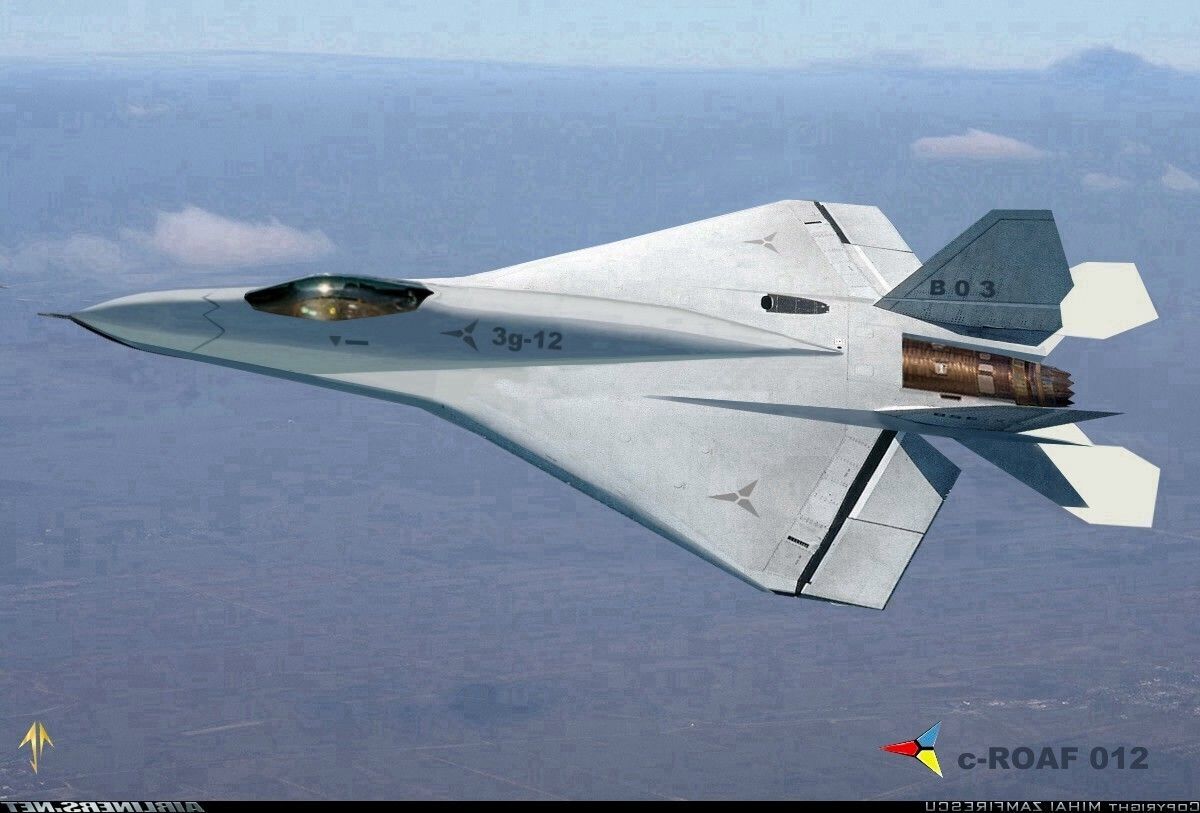If let's say we take F16 sized aircraft...and add internal weapons bays...wouldn't that make it larger?
Not as fat obviously(as the F35)...but more expansive at the fuselage. I'm expecting an internal weapons bay like the one at the belly of J31(which can carry 4 A2A missiles)...that's at the minimum...if we ignore the two side bays. I'm having difficulty imagining a 5th gen with internal weapons bay that can be a lot smaller than a J31 in size...
...IMO it will be roughly around the size in terms of the fuselage...idk whatever the rest of the design may be.
I would suggest just 2 PL-15 missiles to be carried internally, would be perfect for a singl WS-10 / WS-15 engined fighter.
J-31 is based on F-35, and shares its flaws and faults to some degree. And with a much inferior thrust arrangement.

